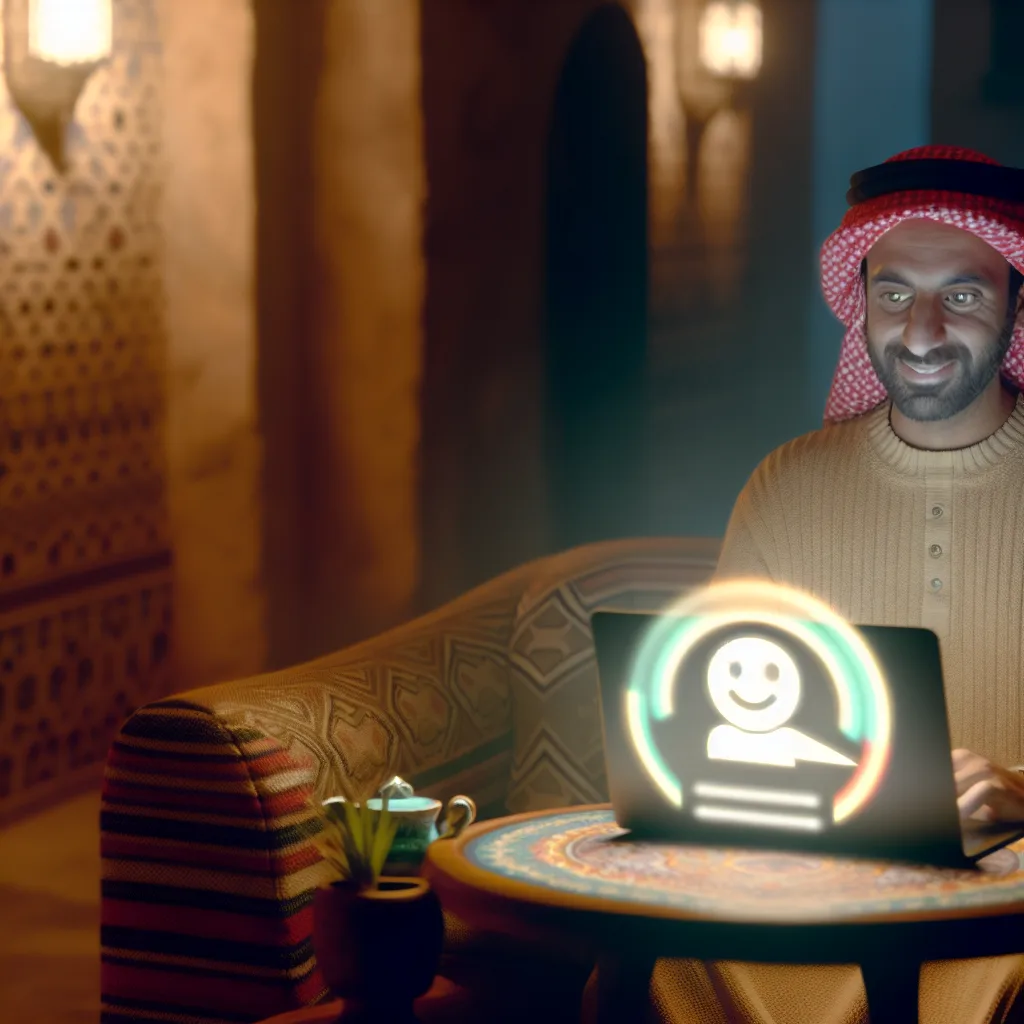Using AI tools like ChatGPT to find clarity and support when facing emotional abuse.
If you’ve ever found yourself wondering, “Is this emotional abuse?” in a relationship but couldn’t quite put your finger on it, you’re not alone. Emotional abuse can be subtle, confusing, and isolating. That’s where “emotional abuse recognition” comes into play, and surprisingly, AI tools like ChatGPT can offer valuable support.
I want to share a story about how AI surprisingly helped someone recognize emotional abuse after a difficult breakup. The person used ChatGPT as a sounding board to untangle the complicated feelings and events in their relationship.
Using AI for Emotional Abuse Recognition
After a tough breakup, this individual started a conversation with ChatGPT about the nagging feeling that maybe the relationship could be repaired. Throughout their relationship, they’d often ask themselves, “Is this normal?” or “Am I experiencing emotional abuse?” But they never quite had the clarity to act on those feelings.
With ChatGPT, they could describe specific situations and share documented conversations without fear of judgment. The AI tool gave an unbiased perspective, highlighting various manipulation tactics from the partner — around ten, to be exact. While some were already recognized, this was the first time the analysis was validated by an outside opinion.
The Power of Clarity
What made this process powerful was the ability to revisit all kinds of interactions and have the AI analyze them consistently. Even when trying to interpret the situation in the most generous light, or reflecting on their own mistakes made during the relationship, the AI kept pointing to emotional abuse as the central issue.
This kind of emotional abuse recognition is vital because many people still struggle to fully see and acknowledge the abusive dynamics in their relationships. The AI broadened the lens through which they viewed their experience, uncovering patterns they hadn’t been able to identify alone.
Testing the AI’s Perspective
Skeptical about being biased, they tested ChatGPT’s analysis repeatedly, including using different AI models and starting separate chats to avoid any influence from previous conversations. Each time, the conclusion was the same. The AI helped deconstruct common rationalizations many abuse victims face — like “She’s been through trauma,” or “Maybe I’m just too sensitive.”
Not a Replacement, But a Useful Tool
It’s important to stress that AI should not be seen as a replacement for counseling or therapy, especially when dealing with trauma. However, it offers a new kind of tool for those stuck in confusing and painful situations. It can provide a fresh, unbiased perspective and point out patterns that may be difficult to see from within the relationship.
Why This Matters
Millions of people around the world live in emotionally abusive relationships and often feel trapped or unsure. AI tools like ChatGPT bring new hope for emotional abuse recognition by empowering people with clearer insight into their circumstances. That clarity can be the first step toward healing.
Additional Resources
If you’re looking to learn more about emotional abuse, you can check resources like the National Domestic Violence Hotline [https://www.thehotline.org/] or the Psychology Today guide on emotional abuse [https://www.psychologytoday.com/us/basics/emotional-abuse]. For understanding how AI can help and its limitations, OpenAI’s official documentation offers useful insights [https://openai.com/blog/chatgpt].
Remember, seeing the truth about emotional abuse is difficult, but it’s worth the courage it takes. Using AI to help recognize emotional abuse is an example of how technology can provide support in personal growth and healing.
If you or someone you know might be in an abusive relationship, don’t hesitate to reach out for professional help. You’re not alone.
